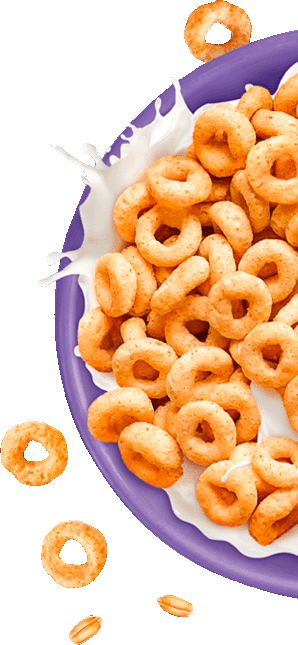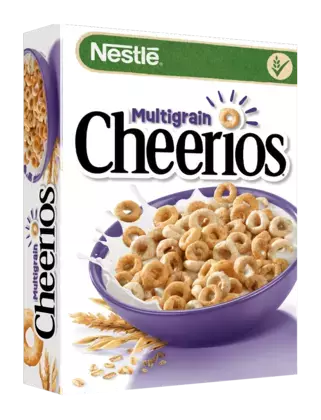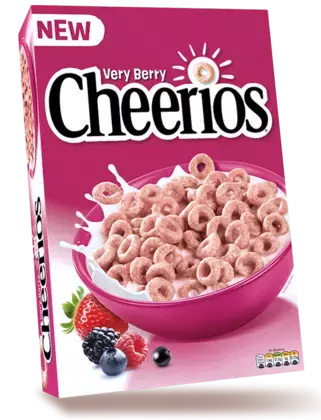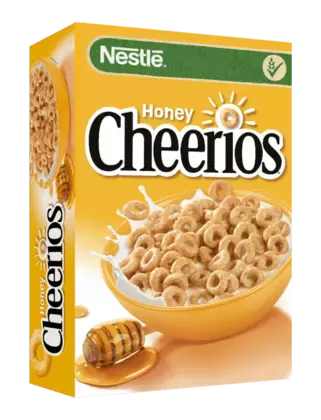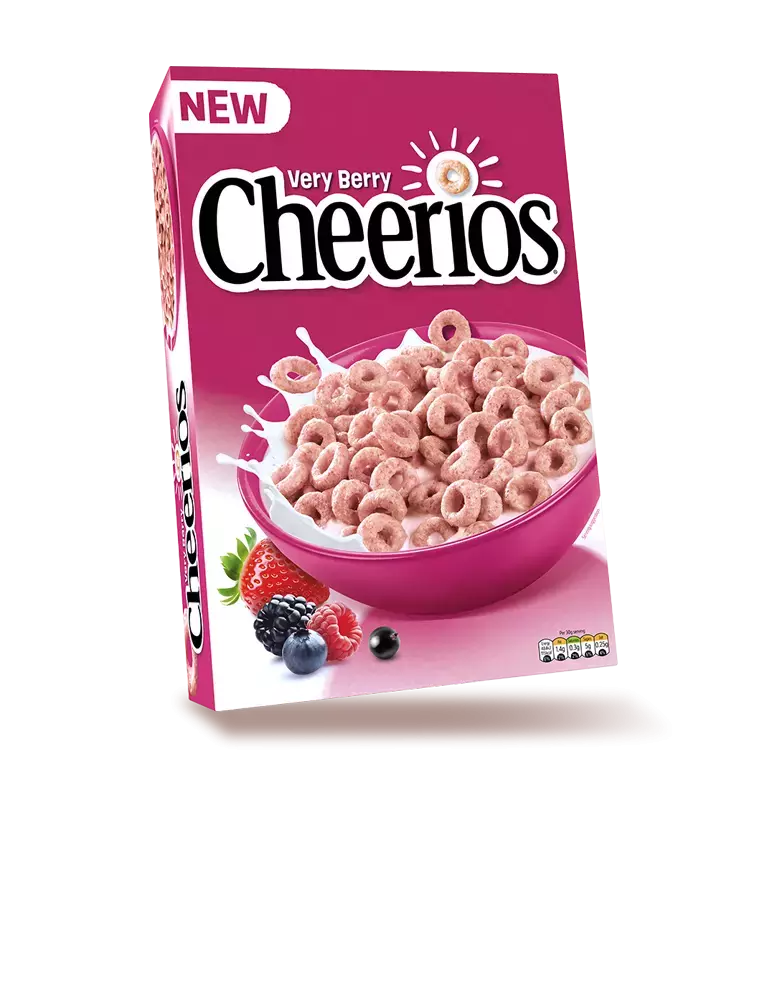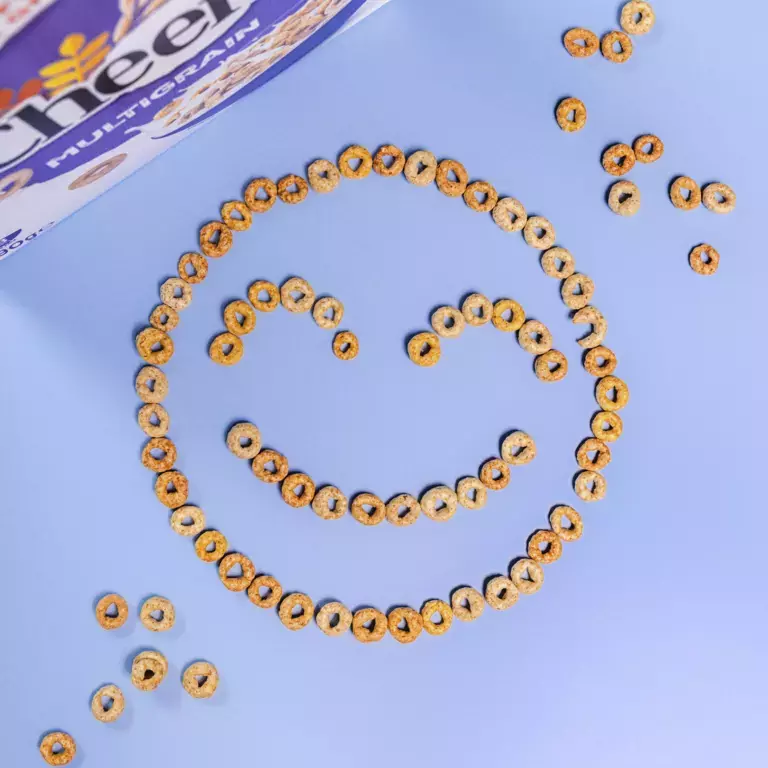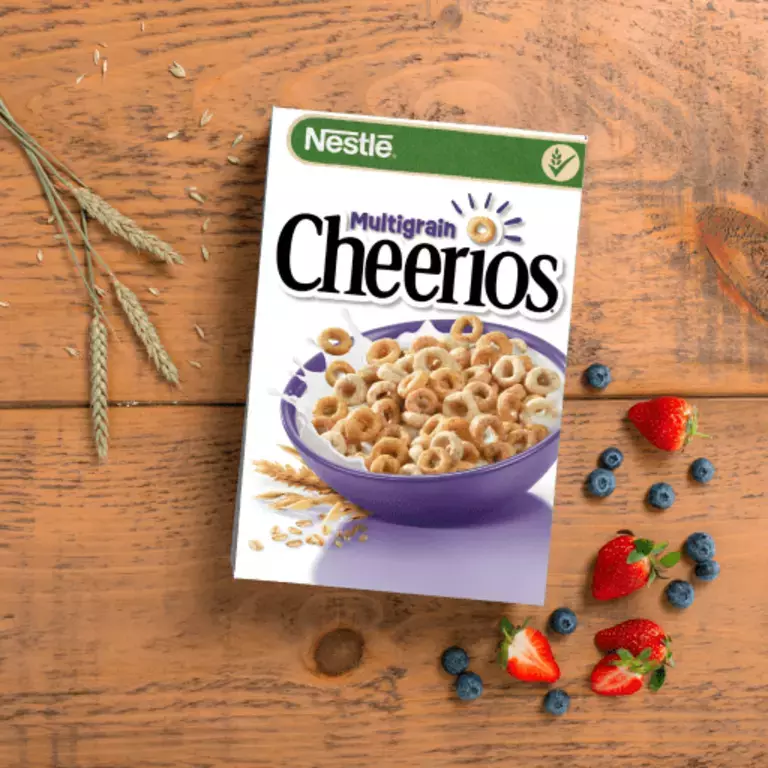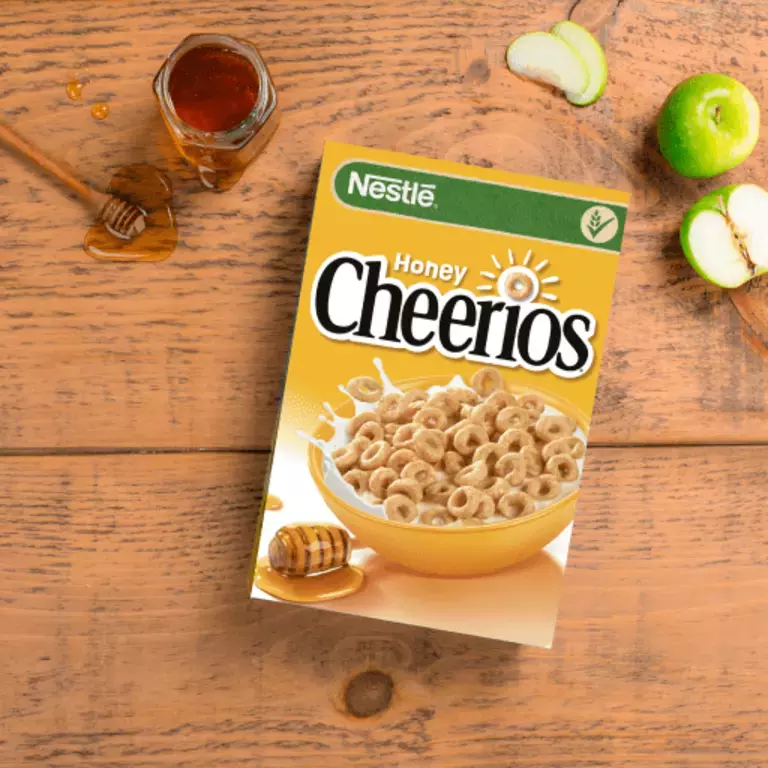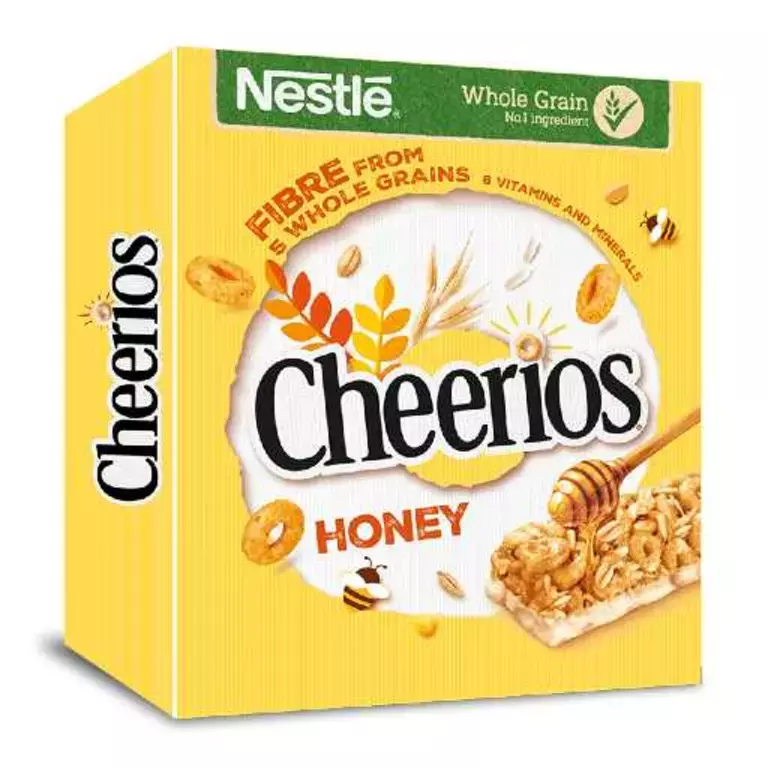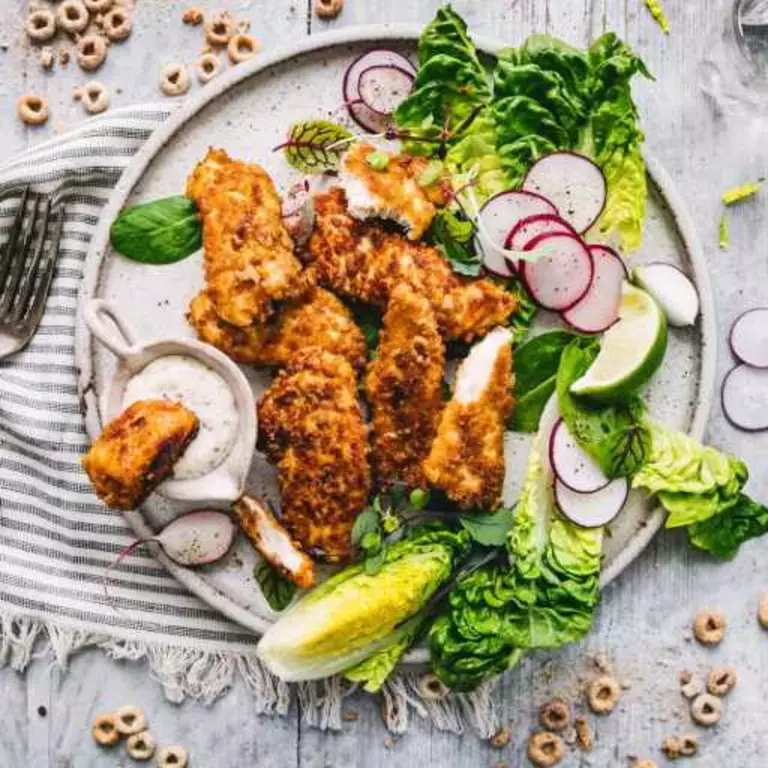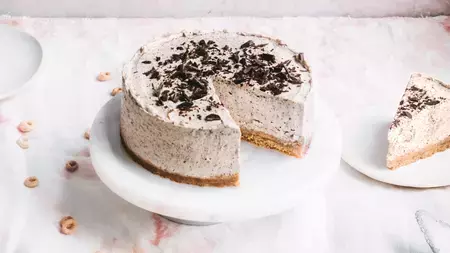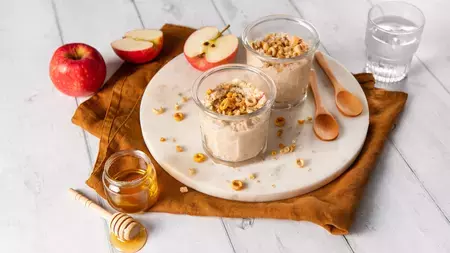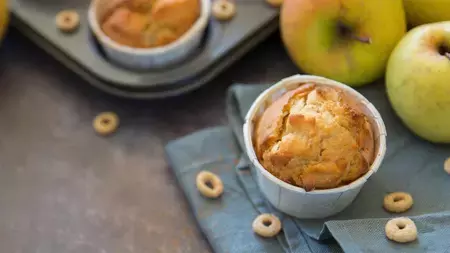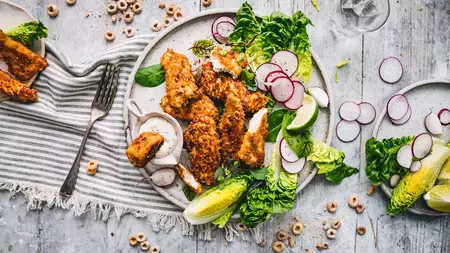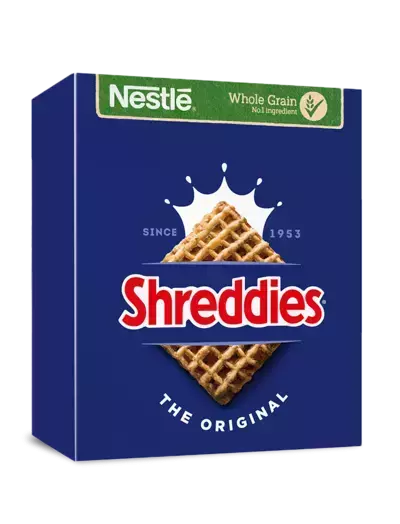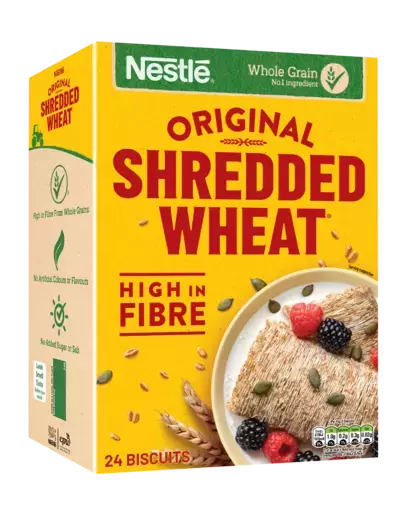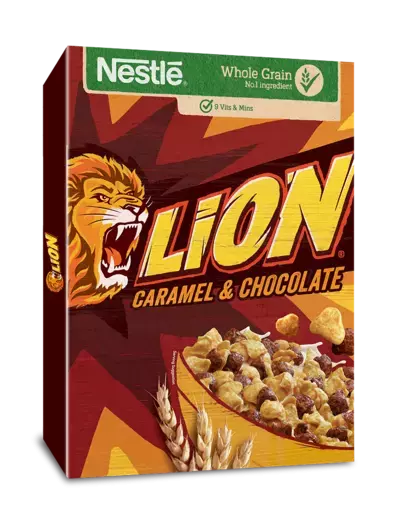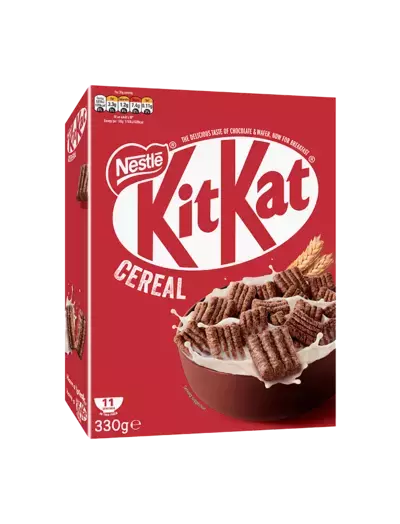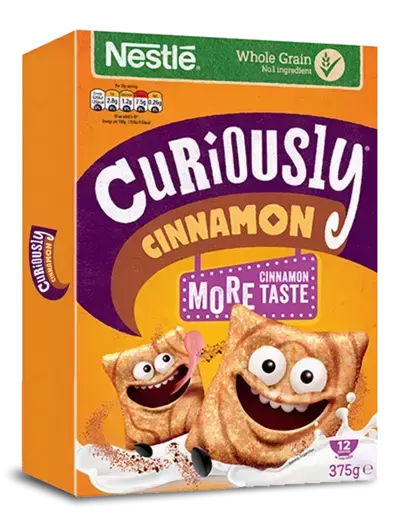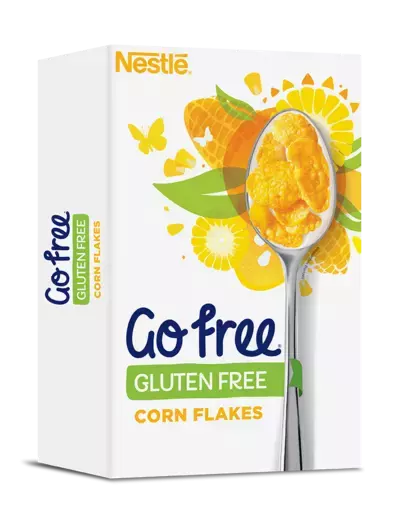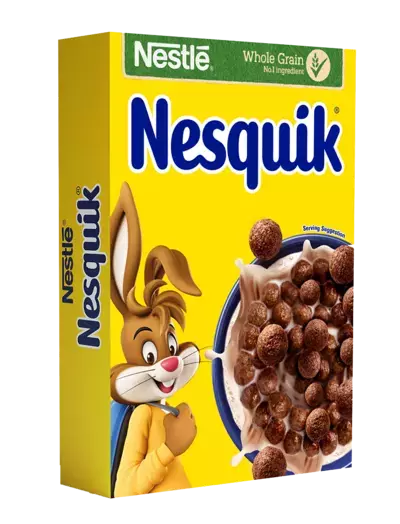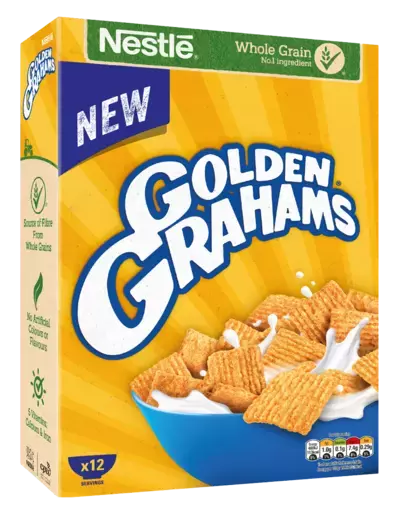Start your day with the taste of berries in every bite. New Very Berry Cheerios®, a new addition to the Cheerios® family, brings a tasty berry twist to your family’s morning routine.
Tasty O's for all the family
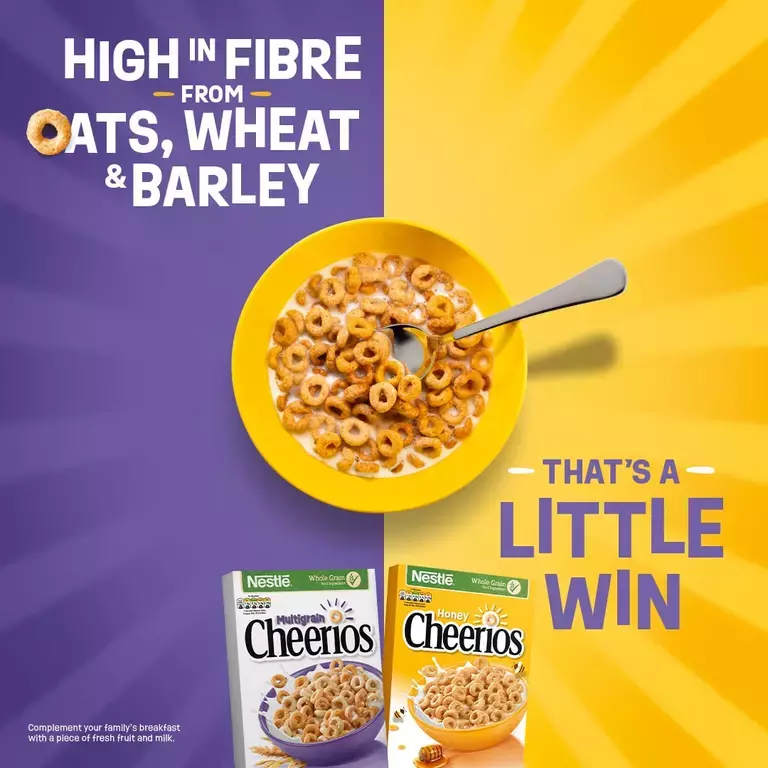
HIGH IN FIBRE FROM OATS, WHEAT & BARLEY
Introducing Cheerios®, the UK's favourite multigrain cereal!*
Our distinctive taste, playful shape, and the joy they bring to breakfast tables have made Cheerios® a top choice for families nationwide.
Every box of Cheerios® breakfast cereal brings a good balance of nutrition and taste as part of to your family’s breakfast table. What is different about Cheerios® is that it is high in fibre from three different whole grains – Oats, Wheat and Barley. Little O's make little wins!
Every 30g serving of crunchy Cheerios® Multigrain cereal provides 2.9g of fibre towards your recommended daily fibre intake (UK fibre recommendations**), helping provide you and your family with a nutritious^ and tasty start to the day.
*Source: Circana Market Advantage, Total Multigrain Ready To Eat Cereal, All Outlets UK, Volume Sales, 52 w/e 24 February 2024.
^Calcium and Vitamin D are needed for the maintenance of normal muscle and bone, Vitamins B2 and B6 contribute to normal energy-yielding metabolism, and Iron contributes to the normal functioning of the immune system.
**SACN Carbohydrates and Health Report, The Scientific Advisory Committee on Nutrition recommendations on carbohydrates, including sugars and fibre. Public Health England 2015. UK fibre recommendations for adults are 30g per day.
CHEERIOS® CEREAL NUTRITION
Our Cheerios® Multigrain cereal contains:
-
7 Vitamins & 2 Minerals: Cheerios® is a source for Vitamins and Minerals including Vitamins B2 and B6 to help give you energy for the day^, Iron which contributes to normal function of the immune system^, and Vitamin D and Calcium that supports strong bones^, giving you these benefits in every bite.
-
No Artificial Colours and Flavours: Our Cheerios® cereal is free from artificial flavours and colours.
-
Crunchy and Delicious Taste: Cheerios® cereal has a great taste and crunchiness in every bite that the whole family will enjoy.
We believe in happy families, so we try to help make mornings more wholesome^ and fun for the family with our multigrain Cheerios® breakfast cereal.
See packs for full ingredient information.
^Calcium and Vitamin D are needed for the maintenance of normal muscle and bone, Vitamins B2 and B6 contribute to normal energy-yielding metabolism, and Iron contributes to the normal functioning of the immune system.
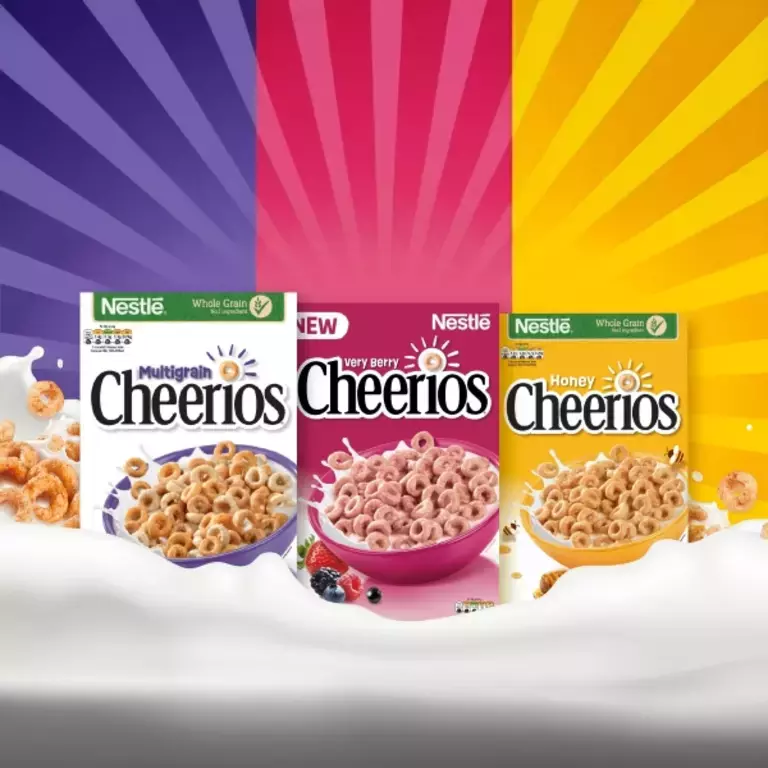
Enjoy the full variety of tasty CHEERIOS® cereal flavours
We have options for the whole family! Discover the delicious variety of Cheerios® cereal; Multigrain Cheerios® Cereal, Honey Cheerios® Cereal and NEW Very Berry Cheerios®cereal. Plus Honey CHEERIOS® breakfast cereal bars are a tasty choice for those busy mornings on the go.
Deliciously crunchy Multigrain CHEERIOS® cereal
Start the day with our delicious Cheerios® Multigrain cereal, made with 3 whole grains (oat, wheat and barley) and 7 vitamins, iron and calcium.
These crunchy little o's are a bowl full of great-tasting breakfast cereal, providing a delicious and flavoursome breakfast cereal for your mornings to start the day with a smile.
Deliciously Crunchy CHEERIOS® Honey Cereal
Our tasty and crunchy little O's are made with whole grains and a tasty honey flavour!
High in fibre and made with oat, wheat and barley and a hint of honey, 7 vitamins and 2 minerals, and no artificial colours or flavours. A delicious bowl of Honey Cheerios® breakfast cereal is a tasty way to start the day with a little win!
Cheerios® breakfast cereal bars
No time for a sit down breakfast? Try our delicious Honey Cheerios® breakfast bars on the go as part of your breakfast! Enjoy the delicious honey flavour and convenient format. Enjoy with a piece of fruit and drink and make it a delicious solution for busy mornings out.
Cheerios® aren't just for breakfast
Cheerios® Multigrain cereal can be added to many more recipes than just sweet treats. Why not try adding your favourite Cheerios® cereal to a savoury meal and serve with your favourite sides.
You can add a generous coating of Multigrain Cheerios® to make crunchy chicken nuggets, a great part of your meal for you and your family.
Tasty CHEERIOS® Recipes For You to Try
These crunchy Cheerios® cereal flower pops are a great addition to your day. They're fun, quick, and great for a taste treat.
These tasty flower pops topped with fresh fruit are a creative snack you won't want to miss!
Read Our FAQ's
Every bowl of Cheerios® is high in fibre and a source of vitamin and minerals, including Vitamin D, Vitamin C, Iron and Calcium.
Cheerios® includes ingredients that are not suitable for coeliacs or those who follow a gluten free diet. Cheerios® in the UK are made with whole grains so each bowl is high in fibre, but contains oats, wheat and barley. The Nestlé® GoFree® cereal range is gluten free, offering great taste with ingredients suitable for people who are gluten intolerant. Take a look!
Nestlé Cheerios® ingredients include whole grain oat flour, whole grain wheat and whole grain barley flour. See pack for full ingredient information.
The recommended serving of one portion of Cheerios® cereal is 30g.

Cheerios® cereal is fortified with vitamin D, vitamin C, Iron and Calcium. Vitamin D is involved in calcium uptake and use in the body. It supports normal bone growth and functioning of the immune system.
Cheerios® can be included as part of a healthy and balanced breakfast. Every bowl of Cheerios® is high in fibre and a source of vitamin and minerals, including Vitamin D, Vitamin C, Iron and Calcium.
Social Gallery
*Source: Circana Market Advantage, Total Multigrain Ready To Eat Cereal, All Outlets UK, Volume Sales, 52 w/e 24 February 2024.
^Calcium and Vitamin D are needed for the maintenance of normal muscle and bone, Vitamins B2 and B6 contribute to normal energy-yielding metabolism, and Iron contributes to the normal functioning of the immune system.
**SACN Carbohydrates and Health Report, The Scientific Advisory Committee on Nutrition recommendations on carbohydrates, including sugars and fibre. Public Health England 2015. UK fibre recommendations for adults are 30g per day.

